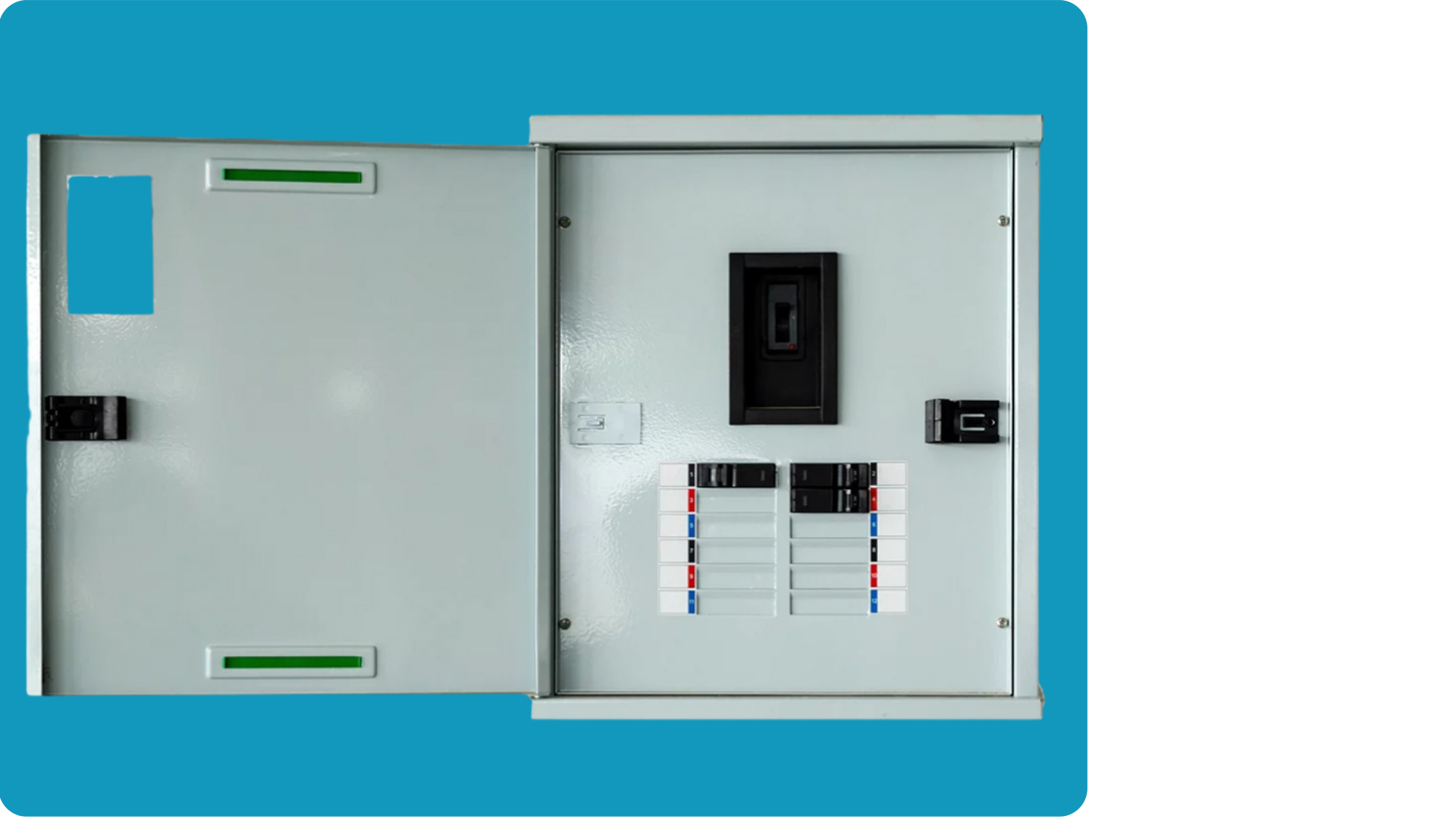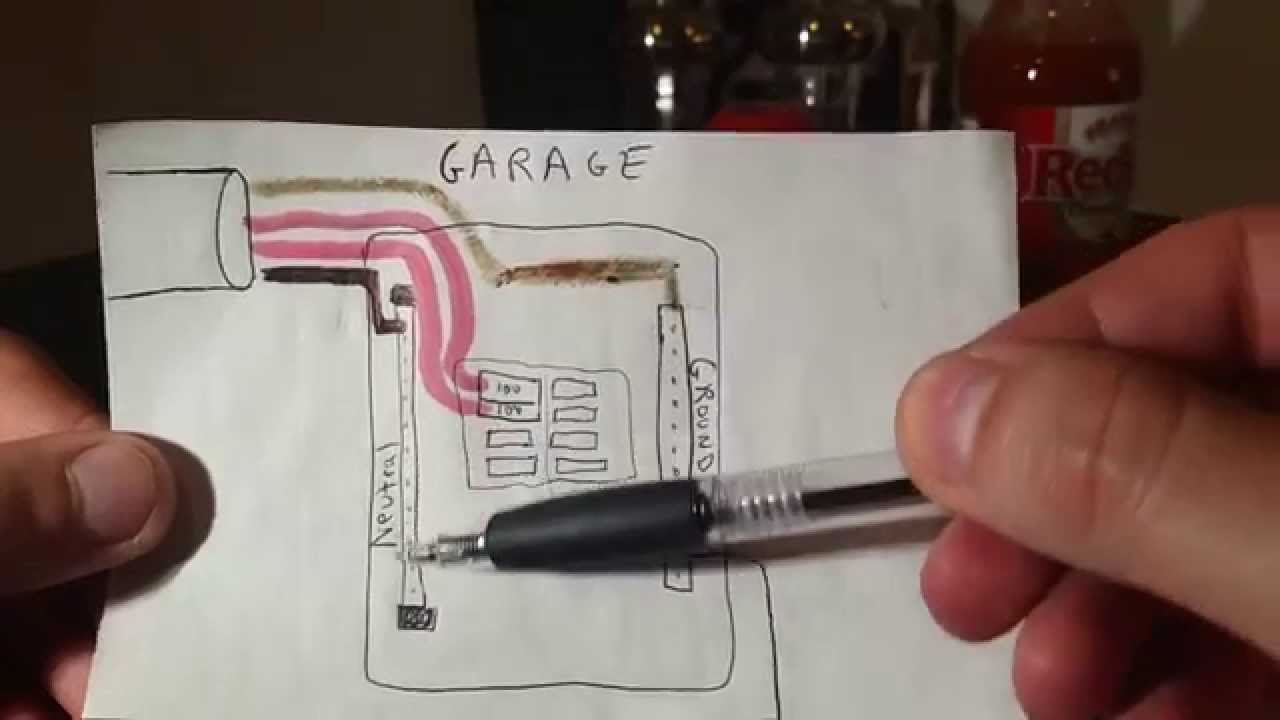

- #SERVICE WIRE FOR 100 AMP PANEL INSTALL#
- #SERVICE WIRE FOR 100 AMP PANEL UPDATE#
- #SERVICE WIRE FOR 100 AMP PANEL FREE#
You could go 40A and 8 AWG, but the difference is only a few bucks, and you'll have a wider selection of ovens/ranges if you go 50A.

You simply need a 50A breaker and 6 AWG copper (or 4 AWG aluminum).
#SERVICE WIRE FOR 100 AMP PANEL FREE#
And I think as you do so, you'll free up some space. Yes, they exist, but you really, really need to re-evaluate this panel, given the large number of defects I've seen from one measly photo. Second, to understand what you do have, so you can either trim or consolidate and free up 2 breaker spaces.ĭon't bother hunting down double-stuff (duplex/tandem) CH breakers. First, to find any more defects - after all, I could find two whoppers from a photo. Go through each circuit in the panel, for two reasons. Replace with a 20 or 30A breaker respectively, most hardware stores stock CH220 or CH230. I know exactly what those breakers cost, so no excuse! SHUT IT OFF NOW. That needs a 20A or 30A breaker, respectively. It's a 60A breaker but that's NOT a 4 AWG wire. That seems weirdly sloppy (why use white for a 240V circuit when you have red) which only worries me more about the quality of work in general.Įven worse, look at the bottom right breaker. I see a red wire that's taped off, that means there's another black-red-white cable with black and white only being used. It might be a multi-wire branch circuit or MWBC, serving two 120V circuits, but I doubt it. The left side 4th and 5th from the bottom is weird because the white wire is being used as a hot, and the red wire is taped white and used as a neutral (which is illegal to do). The right side middle rows are a 30A breaker, and looks to have the heavier 10 AWG wire, so it looks to be a dryer. Two of those 240V loads are 120/240 split phase. baseboard, and if that's the case, forget about an electric range/oven - you just don't have enough service. The only conceivable reason for this many 240V breakers is having all-electric heat, e.g. So I suspect many of these breakers are surplus, particularly since they're off. The usual big four are dryer, A/C, water heater and oven. I don't believe a house can have seven 240V loads. That means all 120V loads in the entire house are served by six 120V breakers, which is pretty compact. I see seven 240V breakers tying up 14 of 20 spaces. Which makes it more DIY-friendly than most. Good news is, with this panel arrangement, if you shut off the main breaker, everything is cold except those conspicuous large screws. I'm not counting the top 2 spaces in each row, which collectively are the main breaker (100A). It's a quality CH panel, albeit with only 20 spaces. When you do, you'll have no trouble finding 2 spaces. Your panel needs to be reviewed, carefully. (btw, I've already removed the old K&T wiring that you see going to the breaker bellow the main breaker). (Bonus question: do I really need #6-4 wire for the oven circuit and how do I connect this to the breaker box?)Įdit: thought you guys might like to see the breaker box. The house has a gas furnace, three window electric A/C units on 20 amp breakers (I'm in Kansas, climate is really hot in summer and a pretty cold in winter), an electric dryer on a 30amp breaker, not a lot of lights and stuff as it's less than 1000 sq ft, there's a workshop/garage getting 20 amps IIRC (could be more, especially if I want to weld). I would like to stay at 100 amp main if possible.
#SERVICE WIRE FOR 100 AMP PANEL UPDATE#
Would adding an appliance that uses up to 50% of the max electric load be pushing it? Does this mean I either need to update the service or scrap the idea of an electric oven? we only have 100 amp service in the house.
#SERVICE WIRE FOR 100 AMP PANEL INSTALL#
Well I'm doing some wiring in the kitchen before the big remodel in there and I thought I'd install a 40 or 50 amp circuit for an electric range/oven (there's a gas oven currently, but may want to upgrade to electric or even induction one day).


 0 kommentar(er)
0 kommentar(er)
